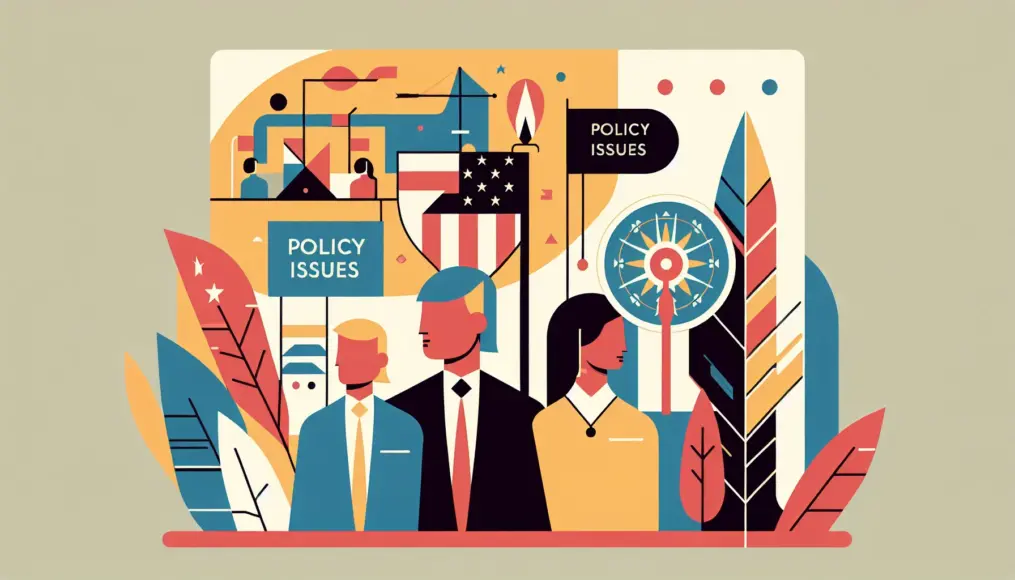Have you ever thought about how we can safeguard our future by tackling environmental issues? Around us, we face a myriad of challenges, from climate change to the decline of biodiversity. These problems significantly impact our lives and health. So, let’s delve into the realities of environmental issues and explore how we can work towards solutions.
In this blog, we’ll break down the definition of environmental problems and provide a historical context to better understand them. We’ll also discuss the types of issues we currently face, including climate change and biodiversity loss. Additionally, we’ll highlight international efforts, local initiatives, and practical actions that each of us can take in our everyday lives. This is a great opportunity to deepen our understanding of environmental issues and consider what we can do for a better future.
- Introduction to the definition and historical context of environmental issues
- Explanation of current challenges related to climate change and biodiversity
- Suggestions for specific actions individuals can take
1. What Are Environmental Issues?
Environmental issues, which are closely tied to our daily lives, refer to the various impacts human activities have on the natural environment. Today, serious concerns such as climate change and the loss of biodiversity have come to the forefront. These issues not only threaten our future but also the future of our children, making it essential for us to understand them and take action towards solutions. Let’s start by defining what environmental issues are and exploring the historical background and significance behind them.
Defining Environmental Issues
Environmental issues encompass a range of negative effects on our living and natural environments. For instance, air pollution resulting from industrial activities, soil degradation due to agriculture, and marine pollution caused by plastic waste are just a few examples. These environmental problems can disrupt the natural balance and have detrimental impacts on both humans and wildlife. As these issues become more pressing, it’s crucial for us to consider how we can build a sustainable future.
- Environmental issues stem from human activities affecting the natural world
- Specific examples include air pollution, soil degradation, and marine pollution
- Understanding these issues is key to building a sustainable future
Historical Background and Importance
Looking back at the history of environmental issues, it becomes clear that human activities have significantly impacted the natural world since the Industrial Revolution. Particularly in the 20th century, the pursuit of economic growth often took precedence over environmental concerns. However, from the 1970s onward, awareness of environmental protection began to rise, leading to increased international efforts. By understanding this history, we can gain insight into the root causes of the challenges we face today and find solutions for the future.

If you’re interested in this topic, you might also enjoy reading “Understanding Environmental Issues and the Importance of Conservation: What Can We Do?.” This article dives deeper into the significance of environmental conservation and outlines specific initiatives, providing valuable insights on how we can address environmental issues together.
- Human activities have influenced the environment since the Industrial Revolution
- The conflict between economic growth and environmental awareness in the 20th century
- Learning from history can help us identify solutions for the future
2. Types of Current Environmental Issues
The environmental challenges we face today are numerous and varied, but two of the most pressing issues are climate change and the decline of biodiversity. These problems are interconnected and have the potential to significantly impact our lives, health, and even the future generations to come. Let’s take a closer look at these issues. By understanding their specific effects and why they matter, we can better contemplate how to take action.
The Impact of Climate Change
Climate change refers primarily to the rise in Earth’s temperatures due to the emission of greenhouse gases. This phenomenon raises concerns about the increasing frequency of extreme weather events and natural disasters, which can adversely affect agriculture, water resources, and our daily lives. For instance, the rising occurrence of droughts and heavy rainfall can disrupt food supplies. Additionally, climate change leads to rising sea levels, posing a serious threat to coastal communities.
- Climate change is caused by greenhouse gas emissions
- There’s an increased risk of extreme weather events and natural disasters
- Concerns are growing about negative impacts on agriculture and water resources
The Decline of Biodiversity
The decline of biodiversity refers to the crisis faced by numerous species on the brink of extinction. This issue is primarily driven by the degradation of natural environments, climate change, and human activities. As biodiversity decreases, the balance of ecosystems can be disrupted, potentially harming food chains and ecosystem services. Since this decline also affects our health and quality of life, the conservation of biodiversity is critically important.
- The decline in biodiversity leads to extinction crises
- Causes include environmental degradation and climate change
- Disruption of ecosystem balance impacts our lives
3. Solutions to Environmental Issues
Tackling environmental problems requires each of us to understand and act on what we can do. There are various solutions ranging from international initiatives to local, tangible actions. In this section, we’ll explore these measures in detail and consider how we can all contribute to addressing environmental challenges.
International Initiatives
International efforts to combat environmental issues involve collaboration among various countries and regions. For instance, the Paris Agreement is a global pact aimed at reducing greenhouse gas emissions. This kind of international framework allows nations to strengthen their climate change strategies and pursue sustainable development. Additionally, the United Nations Sustainable Development Goals (SDGs) provide concrete guidelines for environmental protection. Through international cooperation, we are laying the groundwork to safeguard our future.
- The Paris Agreement aims to reduce greenhouse gas emissions
- An international pact for nations to strengthen their climate change strategies
- The United Nations Sustainable Development Goals (SDGs) provide concrete guidelines
Local Action
Local initiatives are equally crucial. Small actions we can take in our everyday lives can contribute significantly to solving environmental issues. For example, participating in community clean-up events or practicing recycling and composting can make a difference. Moreover, joining environmental education events in our communities can create opportunities to share information and collaborate with others. Through these local efforts, we can inspire more people to take an interest in environmental issues and foster a broader movement.
- Community clean-ups and recycling practices are effective
- Participating in environmental education events allows for information sharing
- Local initiatives raise awareness of environmental issues among many people
4. What You Can Do as an Individual
Environmental issues present a significant opportunity for each of us to take conscious action and make a meaningful difference. By incorporating small practices into our daily lives and getting involved in community activities, we can contribute to environmental protection. In this section, we’ll explore specific ways you can take action. Our individual efforts could very well shape a better future.
Everyday Practices to Consider
There are numerous ways to be environmentally conscious in our daily lives. For instance, bringing your own reusable bag when shopping and reducing the use of plastic products are simple yet effective steps. Additionally, to save energy, unplugging devices when they’re not in use and reevaluating thermostat settings can make a difference. These small actions, when combined, can lead to significant change.
- Bring your own bag to reduce plastic use
- Be mindful of energy conservation
- Small daily actions can lead to big changes
Getting Involved in Community Activities
Participating in local community initiatives allows you to think about environmental issues and take action alongside like-minded individuals. For example, joining neighborhood clean-up events or tree-planting activities enables you to engage directly in efforts to protect the environment. Furthermore, attending workshops or seminars focused on environmental conservation can help deepen your knowledge. Through these activities, you can connect with others in your community and tackle environmental challenges together.
- Join local clean-up events or tree-planting initiatives
- Deepen your understanding at environmental workshops or seminars
- Collaborate with others to address environmental issues
Conclusion
The environmental challenges we face today, such as climate change and the loss of biodiversity, are impacting our lives in various ways. However, it’s encouraging to know that each of us can take action. By incorporating small, sustainable choices into our daily routines, we can collectively make a significant difference. Additionally, getting involved in local community activities can help raise awareness and foster a sense of responsibility towards protecting our environment.
Through international initiatives and concrete actions at the community level, we can chart a path toward a sustainable future. Remember, the power to change our future lies in our hands when it comes to tackling environmental issues.
- Environmental issues are pressing challenges that affect our lives
- Small actions in our daily lives can lead to significant changes
- Participating in local community activities can be effective
Let’s come together to take action for the environment. We’d love to hear your thoughts and experiences—feel free to share them in the comments!



Comment